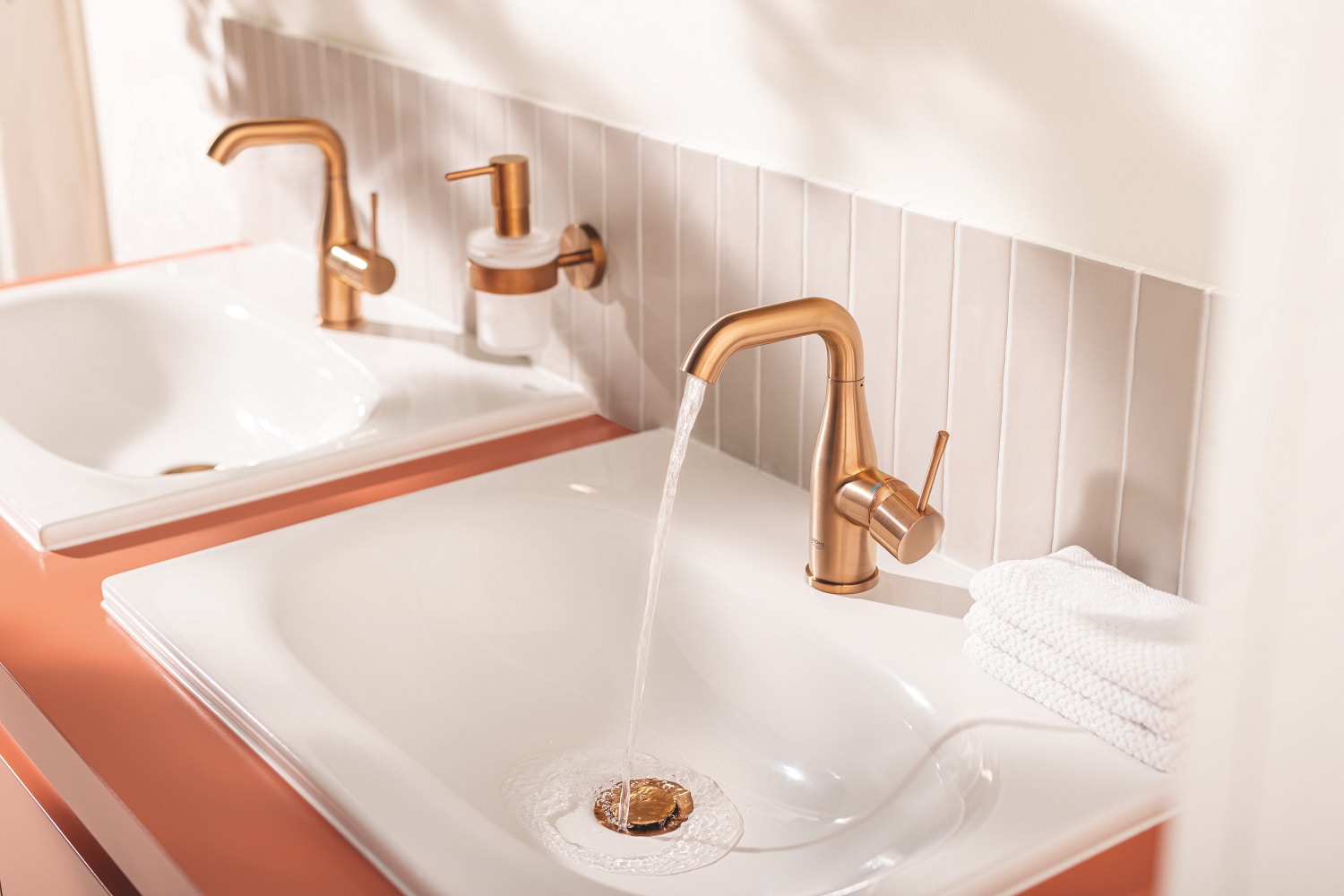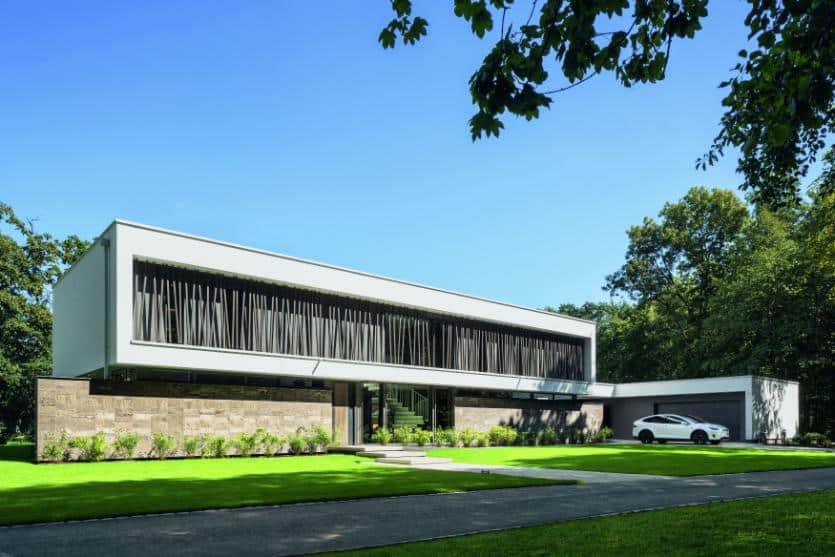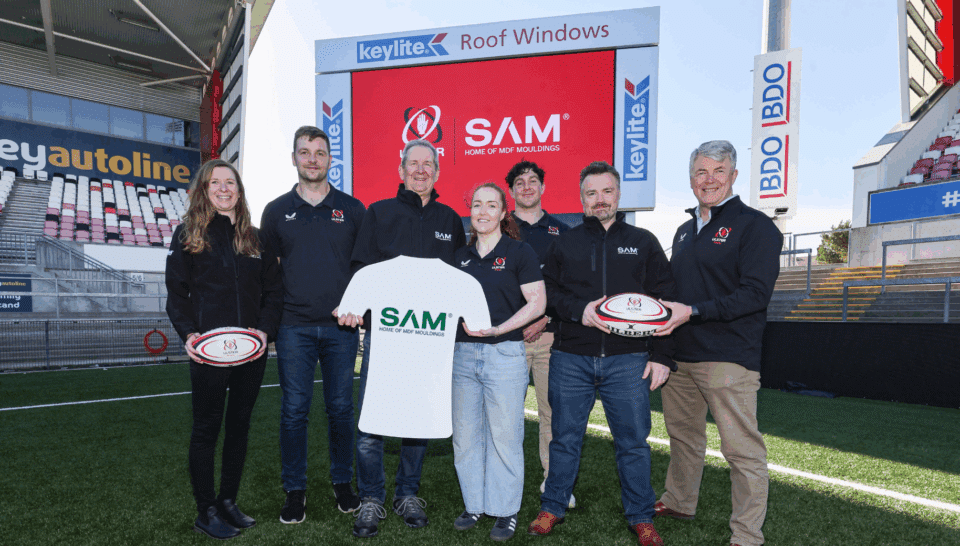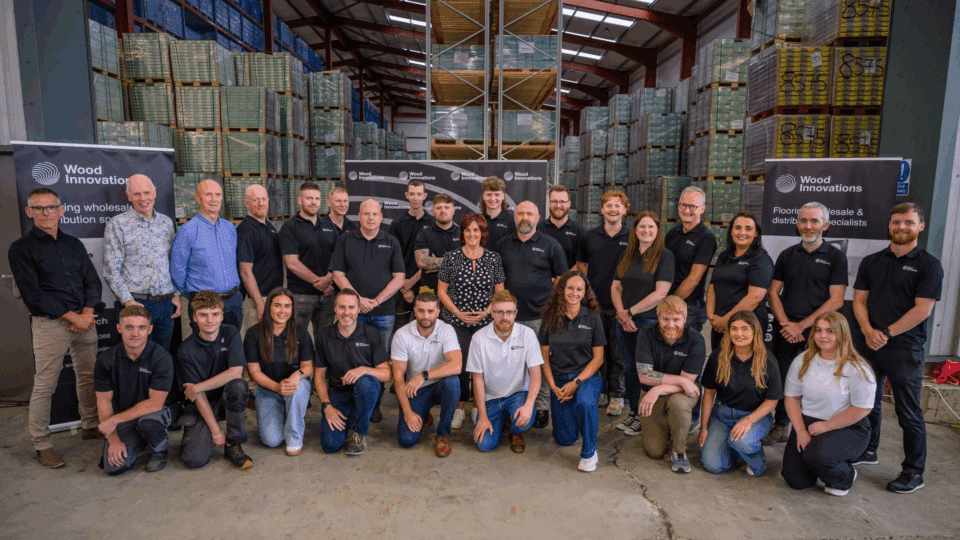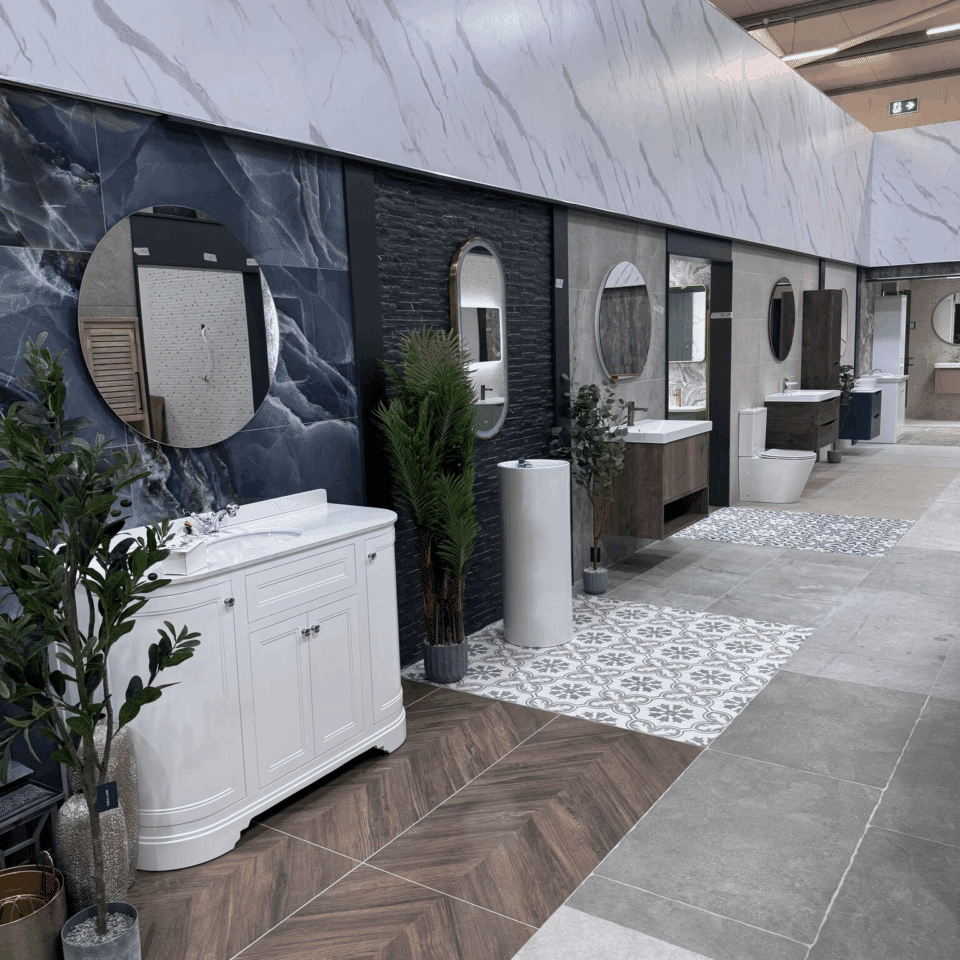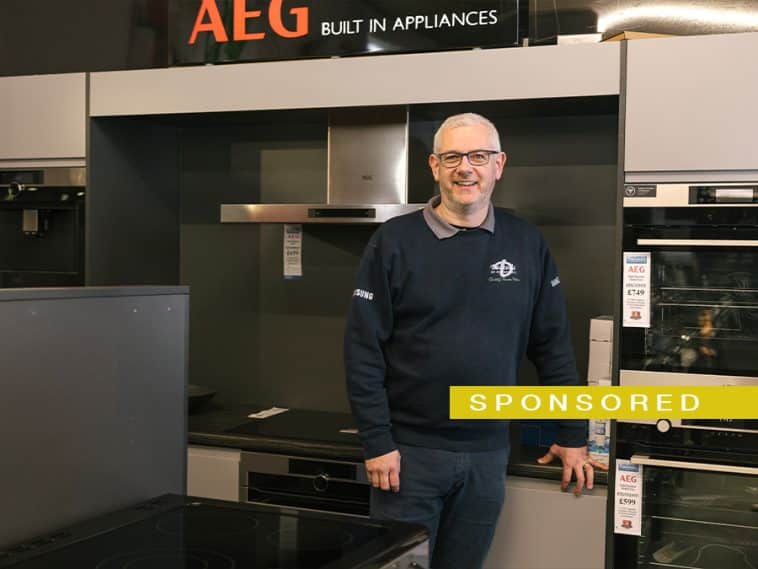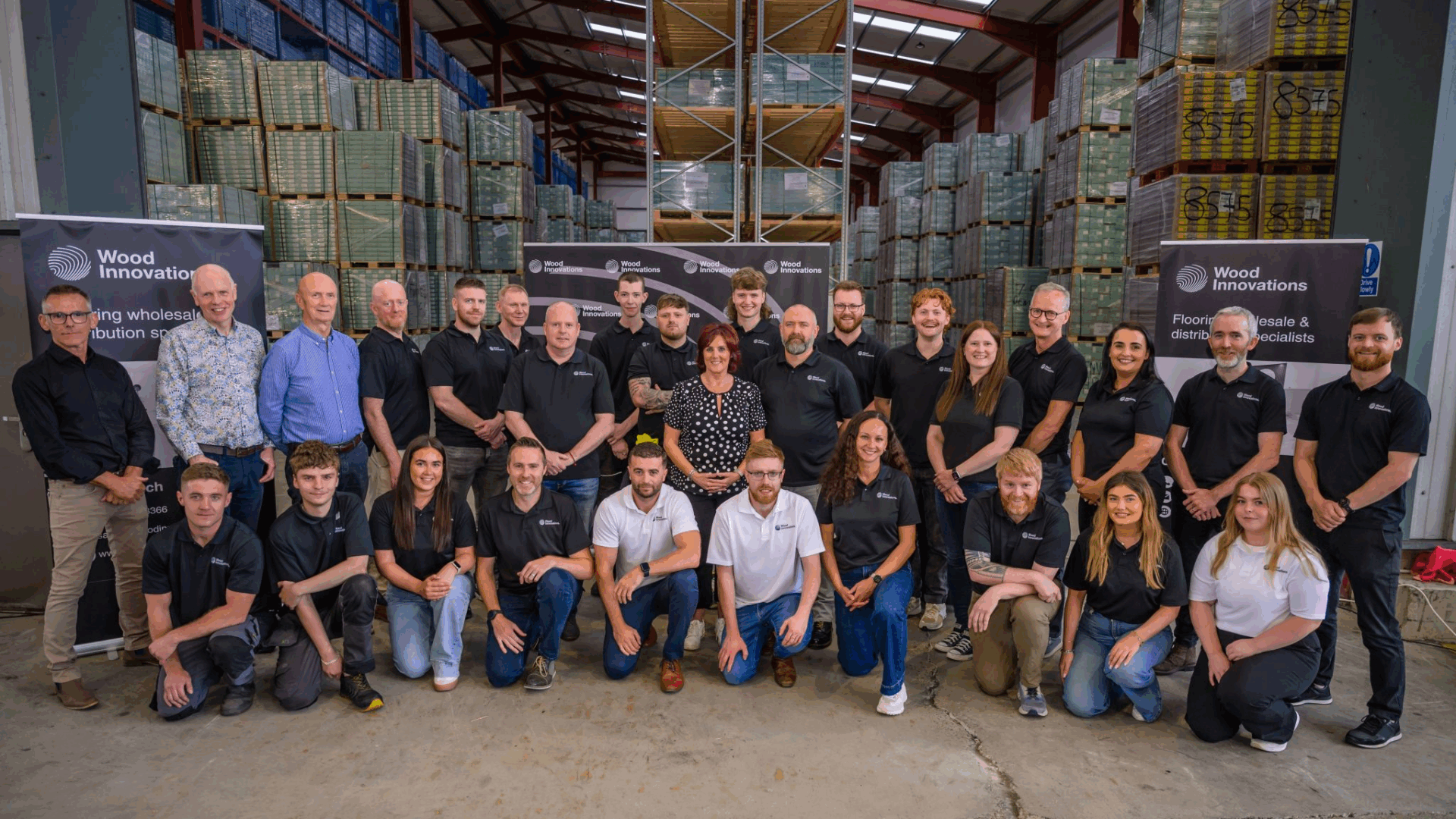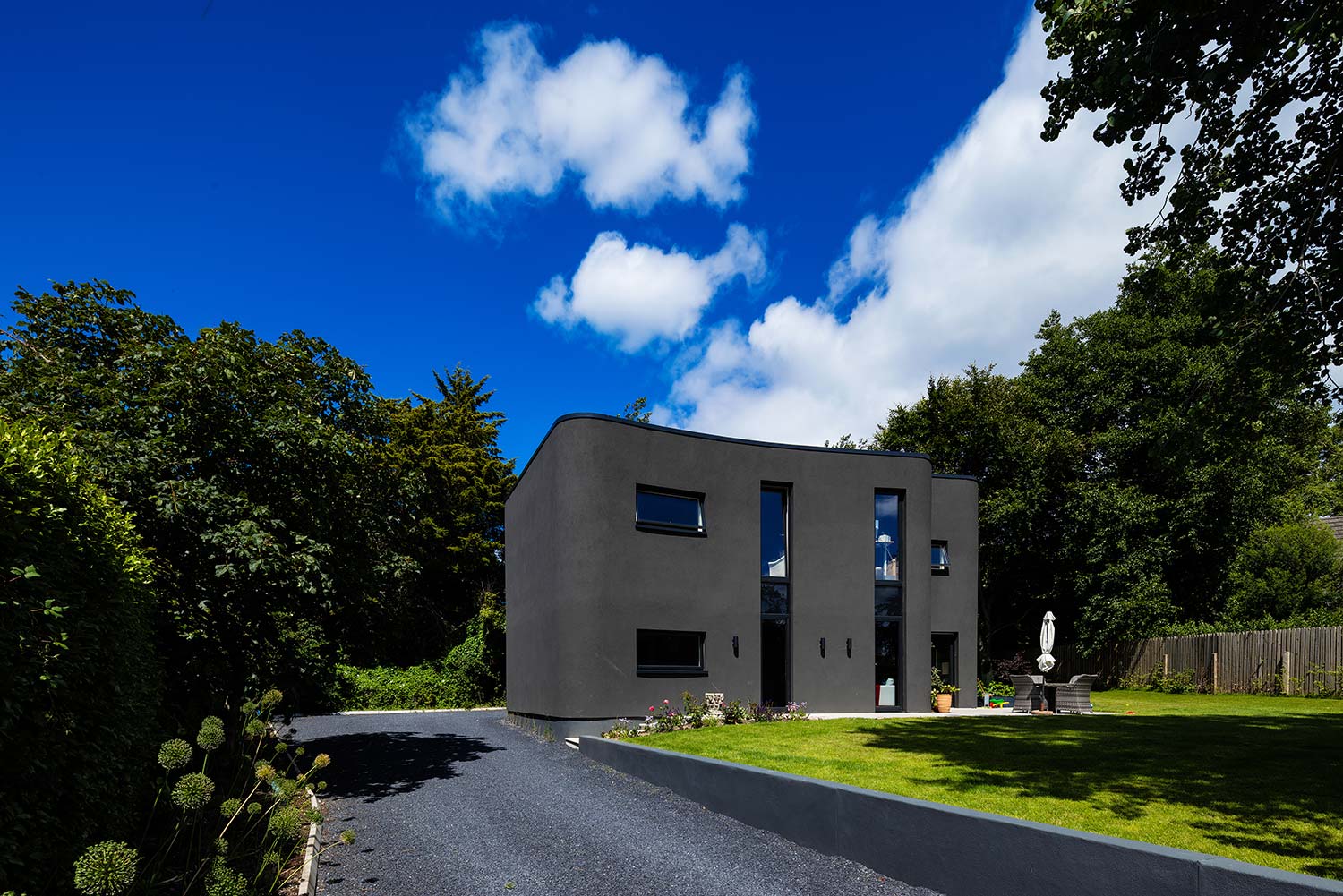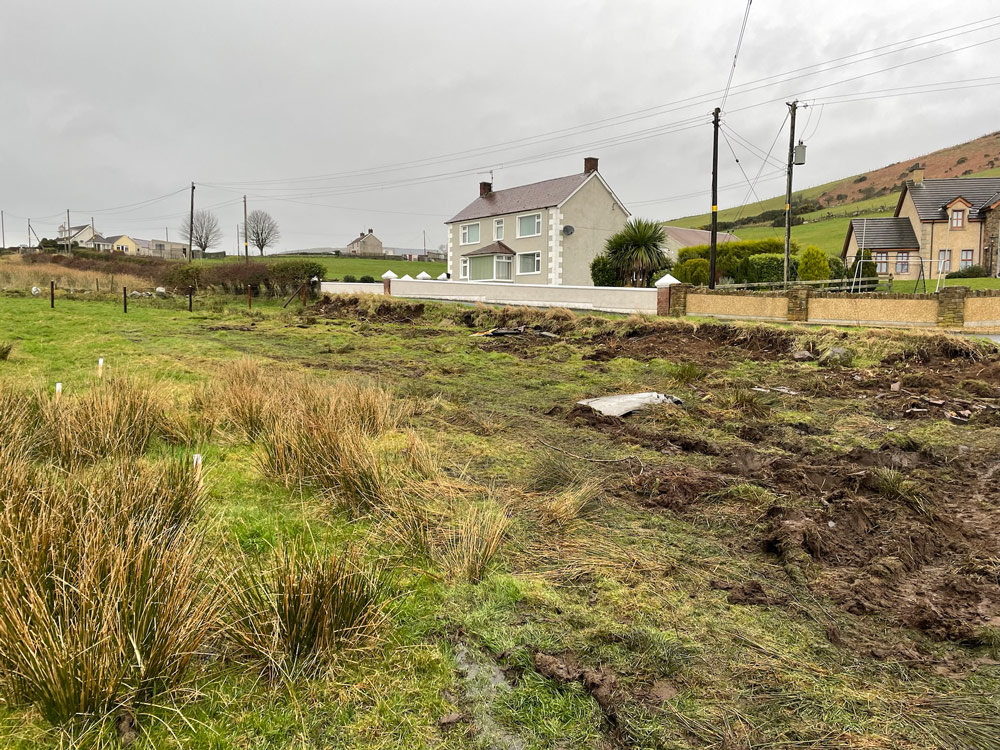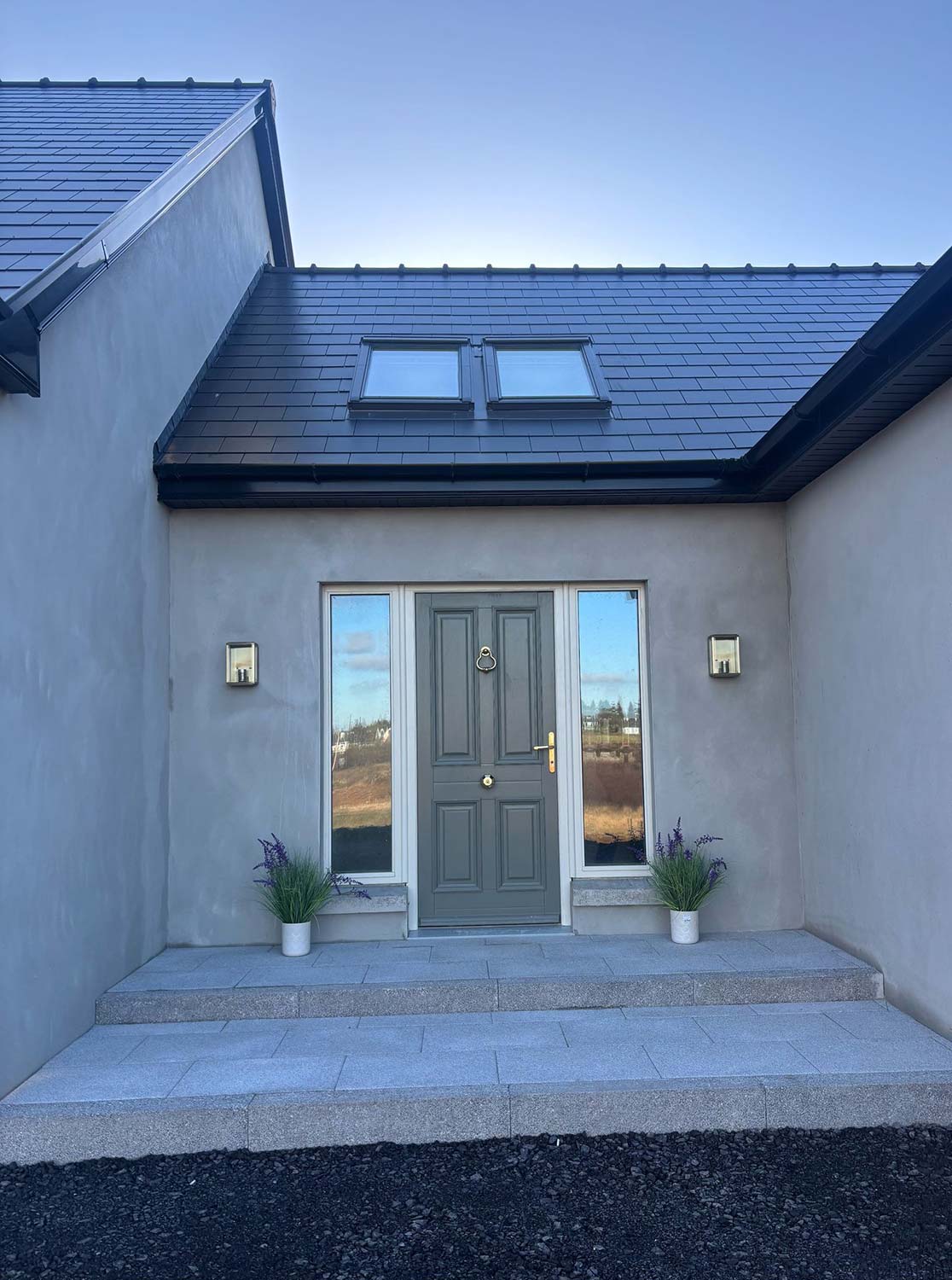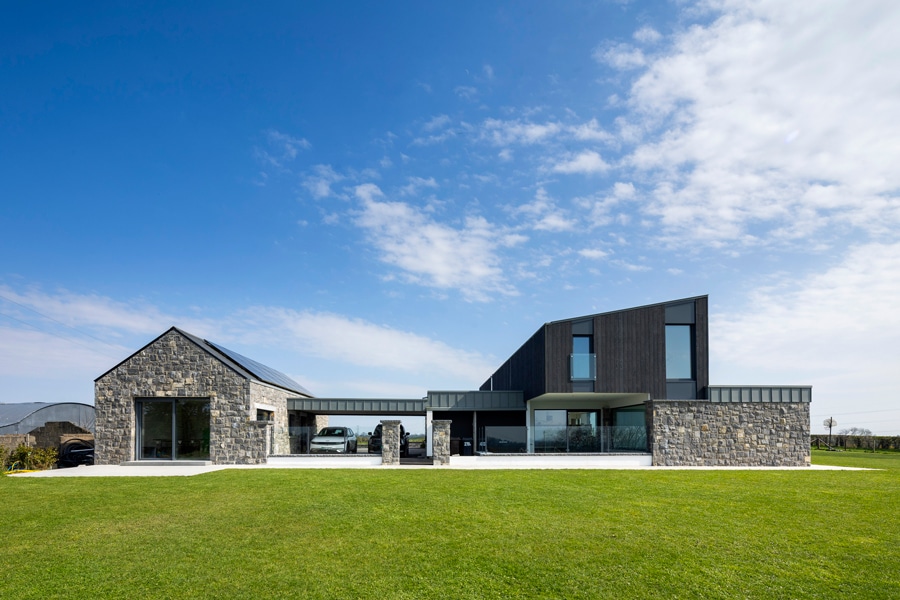Two thirds (66 per cent) of Europeans expect water scarcity in the future and the majority (87 per cent) consider water efficiency in their household to be personally important, according to bathroom brand GROHE’s first Water Insights study.
Yet 79 per cent of Europeans underestimate daily domestic water consumption, with 22 per cent of respondents believing it to be as little as one to ten litres per day. In reality, the average European consumes 144 litres daily (according to the European Environment Agency).
The results for Europe highlight strong awareness of water scarcity among Europeans, contrasted by significant underestimations of personal water use. While saving water to save money is deemed the best reason to do so, perceived cost is also the biggest barrier for adoption of water-saving devices.
The GROHE Water Insights 2025, conducted in December 2024, investigates the perceptions and positions of consumers globally towards water scarcity, water usage, and water saving. The study draws its findings from 20,516 responses across 12 countries in three regions (Europe, Middle East, North America).
In Europe, the study covers Italy, Germany, France, the UK, Belgium, Poland, Denmark, and the Netherlands. The Middle East includes Saudi Arabia, the UAE, and Morocco, while North America includes the U.S. states of New York, New Jersey, California, Florida, Ohio, Texas, and Illinois.
Saving money top motivator
Results show that the primary motivation for water conservation among Europeans is financial savings (with 34 per cent indicating “to save money” as their top reason to save water).
This surpasses generational or societal motivations such as safeguarding water resources for future generations (23 per cent) and protecting the environment (23 per cent).
While the majority of Europeans value water conservation in the household, more than a third have not
yet installed water-saving devices. Key barriers to adoption among those that do not plan to adopt water saving solutions are the perceived high cost of water-saving devices (28 per cent), a lack of information (25 per cent) and lack of interest (24 per cent).
With bathing and personal hygiene accounting for the largest share of domestic water use, GROHE says water-saving fittings can contribute significantly to the conservation of water in the household without sacrificing comfort.
These devices also hold large financial saving potential for consumers as GROHE says its innovative EcoJoy technology can reduce water consumption by nearly 50 per cent, while also reducing the cost associated with heating water.
A four-person household that uses a water-saving shower head can save up to 47,000 liters of water and €573 per year in combined water and energy costs, potentially offsetting initial cost of the showerhead in under a month.
Results highlight responsibility of the HVAC and water industry
Revealed during ISH, a trade fair for Heating Ventilation Air Conditioning (HVAC) and water solutions, the findings of the GROHE Water Insights 2025 underscore the crucial role of the industry in driving water conservation.
While consumers in Europe acknowledge water scarcity as a pressing issue, and the consequences
associated with it, they do not fully understand their own role in solving the problem. This presents the
HVAC and water industry with a great opportunity and an increased responsibility to inform and
educate consumers on the possibilities to save water in their household without having to compromise on comfort or make extensive investments.
“These findings are as encouraging as they are a call to action: European consumers are not closing
their eyes to the issue of water scarcity. Still, many don’t fully realise the value of water and their ability to contribute to water conservation. As an industry, we have a responsibility to educate consumers as to the smart choices they can make, while also making sure they don’t have to choose between enjoying water and saving one of our most precious resources. By providing products that allow consumers to save water without compromising on their everyday rituals, we can help them have a meaningful impact,” says Bijoy Mohan, Leader, LIXIL International.
Global results point to the Middle East as leading region for water-scarcity awareness with the highest adoption rate of water-saving fitters.
Regional comparison shows that the Middle East takes a consistent leadership role in terms of problem-awareness (72 per cent), personal prioritisation (80 per cent), and the adoption of water-saving fittings (60 per cent) when compared to Europe and North America. When comparing the latter regions, Europeans consider water shortages in their region more likely (+11 percentage points) than North Americans.
And while both regions are at eye level in terms of water-saving intention (both 69 per cent), they diverge notably in the adoption of water-saving fittings with a higher adoption rate in Europe (57 per cent) than in North America (47 per cent).
The Middle East experiences the highest water stress of the three regions, which aligns with the heightened awareness and proactive measures observed there. Notably, despite the U.S. facing higher overall water stress than Europe, Europeans are more aware of the issue, perceive water shortages as a greater risk, and have a higher adoption rate of water-saving solutions.

